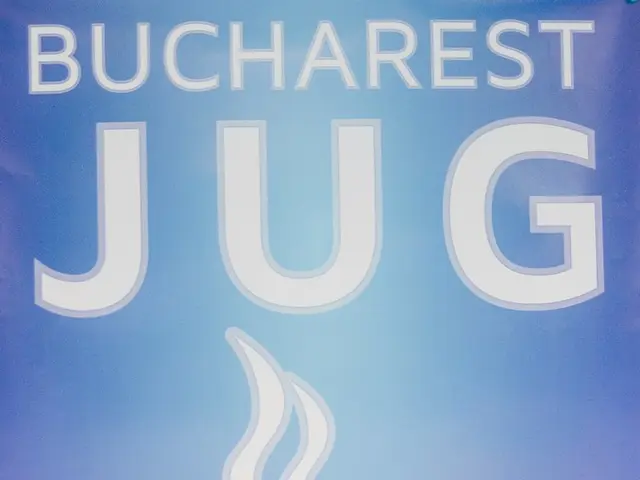How do Exchange-Traded Funds (ETFs) employ advanced tactics to secure marginal gains?
In the world of investment, index funds have become a popular choice for many investors. One of the reasons for this preference is the method used to replicate an index – either through full replication or optimized replication.
Full replication is a technique where an index fund aims to hold all the securities in the same proportions as the index. This method ensures a close match to the index's performance. On the other hand, optimized replication, also known as "sampling", involves holding a subset of the securities in the index, but in the same proportions as the index.
However, there is another method that has been gaining attention, particularly in Europe – synthetic ETFs. These funds consist of a portfolio that has little to do with the index but at least moves along with it to some extent. The technical term for replicating an index as closely as possible is "physically replicate".
Synthetic ETFs work through a "swap", a transaction with a bank. The bank promises to deliver the exact index performance minus a fee, and in return, it receives the portfolio's return. The difference in performance is booked as a liability or asset in the portfolio, bringing it exactly in line with the index.
Critics often overlook the fact that the swap share of the overall portfolio is relatively small. In Europe, providers such as Xtrackers (Deutsche Bank), HSBC, and Invesco have specialized in synthetic ETFs. These providers employed synthetic ETFs to replicate index performance cost-effectively, representing a significant portion of their total assets under management.
According to European fund regulation UCITS, the swap share may not exceed 10%, but in practice, it is much lower. Providers like DWS limit the swap share to 5% for its Xtrackers ETFs. Notably, BlackRock's iShares and Amundi and Lyxor settle swaps daily and reduce them.
On the market for listed index funds (ETFs), both full replication and optimized replication have become established. According to analysis by Refinitiv, 43.5% of ETF assets in Europe are in funds that fully replicate indices, and a further 41.6% are of the optimized variety. Synthetic ETFs, however, account for 13.8% of ETF assets in Europe.
Despite their popularity, synthetic ETFs have seen a net outflow of 7.3 billion euros in 2020. This net outflow followed a long period of growth in swap ETFs, which began after the collapse of Lehman Brothers in the autumn of 2008.
All ETF providers now check their swap partners for credit risk. This move aims to ensure the stability and reliability of the synthetic ETFs. Despite the recent outflow, the future of synthetic ETFs in Europe remains promising, given their cost-effective nature and the continuous quest for efficient investment solutions.
Read also:
- Peptide YY (PYY): Exploring its Role in Appetite Suppression, Intestinal Health, and Cognitive Links
- Toddler Health: Rotavirus Signs, Origins, and Potential Complications
- Digestive issues and heart discomfort: Root causes and associated health conditions
- House Infernos: Deadly Hazards Surpassing the Flames





